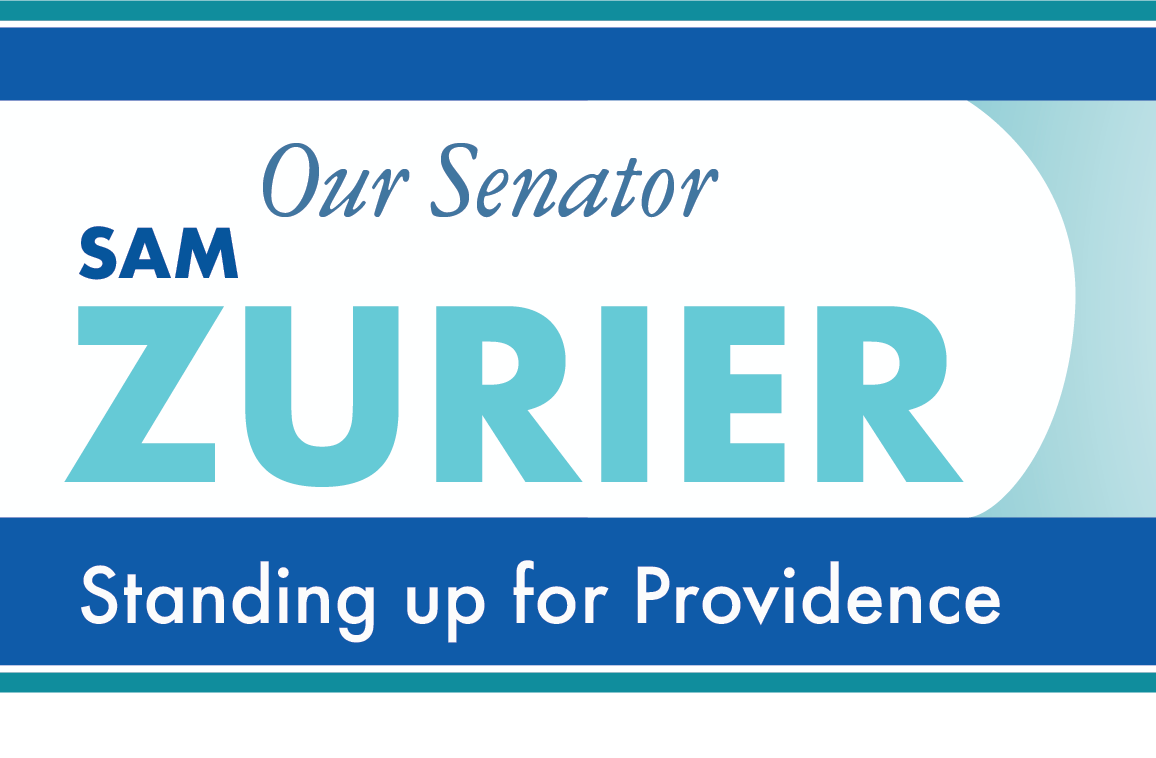I hope you had a delicious Thanksgiving dinner, and something you could be thankful for at that time. This week’s letter provides an introduction to the property tax revaluation process.
The concept of adjusting property tax valuations for market changes may appear simple enough, but in practice, the City’s revaluation process can be complex and opaque, producing tax bills that have little correspondence to the changes in tax rates. In this letter, I describe some of the basic variables involved, to provide a foundation for a more detailed discussion as the process develops.
The City of Providence raises money to fund its operations through five types of property taxes: automobile excise tax ($35 million projected this year), business tangible property tax ($50 million), and real estate taxes on commercial property ($126 million), rental residential property ($63 million) and owner-occupied residential property ($77 million) for a total of $352 million (after rounding). This global tax revenue is called the “tax levy”, and the division is described in the Tax Assessor’s Certification. State law requires cities and towns to conduct either a statistical or a “full” revaluation of real property every three years, and this can produce dramatic swings in individual tax bills.
(Please note that the State law does not require cities and towns to review motor vehicle valuations [which are governed by a State process] or business inventories. It is common for Providence to leave these two tax rates stable during property tax revaluation years, and I expect that to happen again this year.)
We do not know whether the administration will seek to increase the total “tax levy”; however, even if next year’s taxes generate the same total revenue as this year, there likely will be swings that will affect your tax bill based on three different factors.
The first factor will be the change in commercial property valuations. In 2013, Mayor Taveras announced a goal of freezing the commercial tax rate at $36.95 for seven years, which he implemented for the final two years of his administration. If the Elorza administration continues this freeze, the commercial tax levy will rise or fall with the valuations of commercial property in the City, producing a new levy that may increase or decrease from its current amount of $126 million.
The second factor will be the changes in rental property valuations and the new rental property tax rate. The amount of property taxes generated from this class of property will be the mathematical product of the new valuations and the new rate, which may produce an increase or decrease from the current $62 million levy.
The third factor will be the new valuation of owner-occupied residential property and the new residential tax rate. The mathematical product of the overall owner-occupied property tax base times the new rate may produce an overall increase or decrease from its current $77 million levy. Even if the total levy for this category stays the same, your bill might go up or down depending on how much your property’s value changes relative to others. Thus, for example, swings in the relative values of property on the East Side and other parts of the City generated lower tax bills for East Siders (and higher bills in other parts of the City) in 2007, while the reverse was true in 2010 and 2013. Also, some individual houses will see more significant changes due to a recent sale and/or major improvements. For instance, someone who recently bought a home at a market price above its tax valuation may see a dramatic tax increase because the valuation was too low at the time of sale.
These factors are interrelated and can combine in different ways. If commercial property values increase, then the City will gain more revenue from that portion of the tax base (which will retain the current $36.95 rate), while the reverse is true if commercial property values fall. Turning to the residential real estate market, industry data for recent years suggests an increase in values during 2013-15. Under those conditions, in 2004 and 2007, the City reduced the tax rate, but tax bills for most residents increased because the increase in values exceeded the decrease in rates. Also, the City may change the relative rates between owner-occupied and rental property to shift the tax burden from either class to the other one. While the value assigned to each individual property is clear, the process of assigning tax rates (especially to the two classes of residential property) are political decisions that may be difficult for voters to follow or to understand. These decisions will be made in the budgetary process, beginning with the administration’s budget submitted by May 1, and ending with the final budget the City Council approves, likely sometime in June. By April at the latest, the City will have general information about the revaluation to assess the consequences of different rate shifts. I will do my best during this period to inform you about the general revaluation trends, and how they may affect your taxes.
In the long run, Providence needs to grow its tax base to keep tax rates affordable. As a result, you are invited to join me for a Community Meeting To Discuss Economic Development. We will hear from Mark Huang, the City’s Economic Development Director and Stefan Pryor, the State’s Secretary of Commerce (or his designee). It will take place at the Hope High School Cafeteria, Wednesday, December 2, 2015 at 6:30 – 8:00 p.m. I hope to see you there.
Sincerely,

